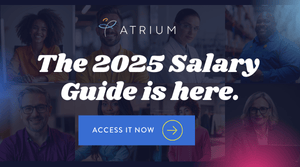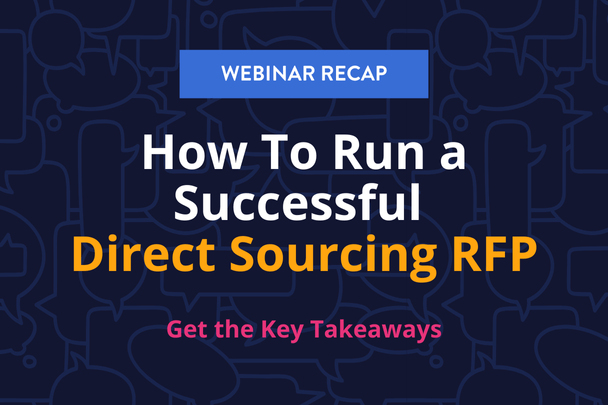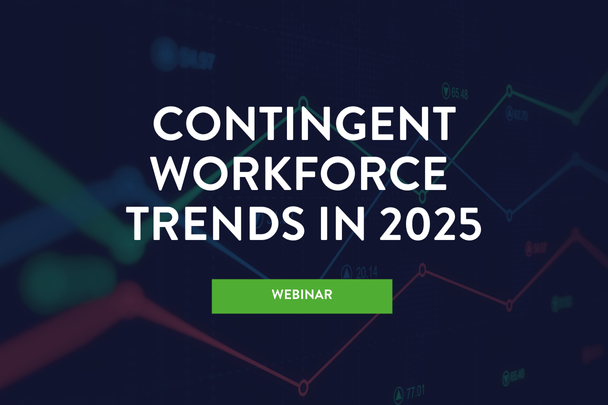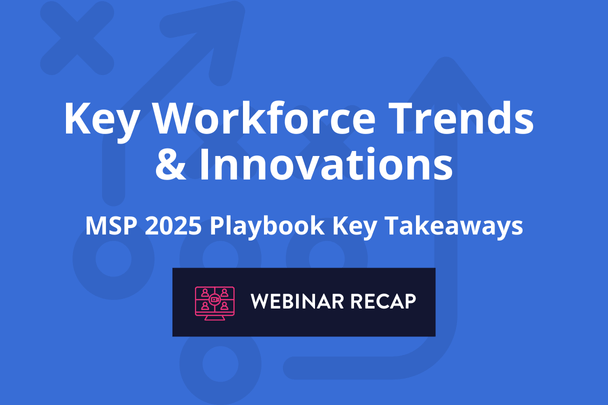Are you fully leveraging the potential of your Managed Service Provider partnership? As the contingent workforce continues to reshape the business landscape, this question becomes increasingly relevant for forward-thinking leaders.
Understanding how to leverage your MSP effectively is more important than ever. With projections indicating that the contingent workforce will comprise over 40% of the total global workforce this year, including freelancers, independent contractors, gig workers, and temporary staff, organizations must adapt accordingly. This fundamental shift in workforce composition has prompted many organizations to partner with MSPs to address the inherent challenges of managing an extended workforce.
Strategic MSP Partnerships
A strategic MSP partnership can transform contingent workforce management, yielding substantial cost reductions and operational efficiencies when properly evaluated and optimized. The most successful organizations are turning to MSPs to solve three critical challenges:
To ensure these benefits are fully realized, organizations must take a structured approach to evaluating and optimizing their MSP relationships.
Assessing the Value of an MSP
A well-structured MSP provides compliance risk mitigation, cost optimization, and workforce data transparency, but how do you ensure you’re positioned to maximize the return on your MSP investment? The four key evaluation criteria outlined below provide a framework to ensure that your MSP relationship delivers the strategic value your organization requires.
1) Understand your Current State
As you consider your enterprise contingent workforce program, whether internally managed, partnered with a master vendor, or outsourced to a Managed Service Provider (MSP), the key question is whether your current state meets the needs of the program that was built based on prior state.
In other words, is it the right time to make incremental or enterprise-level changes? Part of your decision should be determined by comparing what is currently in-scope with the total external workforce landscape.
- Temps and contractors? Check.
- Interns? Sometimes.
- SOW workers and people-based projects (1099s)? Occasionally.
Generally, if these four categories are areas that an organization is ready to add in-scope, it may be time to look at the market for new solutions.
2) Plan for Change
Once the decision has been made to go to market, several factors should be addressed. Scope, as discussed above, is key. Additionally, approach should be considered.
A phased model will make it much easier to design, implement, and operationalize functions not currently being managed by an MSP, and will allow time for the enterprise and MSP to partner with the right technology and service providers. A phased approach also provides time to build trust within the organization before further expanding the program into new areas. The best MSPs leverage strategic solutions to change management and will partner directly to ensure a collaborative and process-driven transition to a future state.
Another key component of change is technology. Choosing the right external technologies, particularly a Vendor Management System (VMS), to complement your own internal technology stack will enable a smoother implementation process and facilitate stakeholder and supplier adoption.
3) Set Program Goals
There are several reasons to make a change, with the most critical being cost controls. The majority of these will generally be table stakes for MSP organizations, achieved through rate and supplier rationalization, increased utilization of Referred/Pre-ID workers by way of EOR Payrolling, and overall efficiency and compliance improvements. Program goals should be shared regularly with relevant stakeholders to ensure all parties are working towards the same purpose.
4) Look to the Future
Collaborating with your MSP, VMS, and internal stakeholders is essential for ongoing program success. Expansion of EOR Payrolling, appropriate Independent Contractor Compliance, and the implementation of an enterprise Direct Sourcing service channel are ways to ensure the best candidates who are attracted by your brand are kept front and center in the current and ongoing “war for talent.” Key components that will help you establish the most efficient and cost-effective program include:
- Building internal consensus to utilize your brand and develop diverse contingent talent pipelines
- Determining the best path forward for curation of that talent community
- Choosing the right technology platform to add to your existing tech stack
- Determining who will have access to manage digital recruitment marketing via your brand
Take the Next Step
Considering each of these four steps is critical to the success and growth of your contingent workforce program. Interested in learning more about Atrium’s cutting-edge MSP solutions and how they can help you implement innovative contingent workforce models? Visit us online and check out the recently published MSP Solution Advisor by Ardent Partners , which named Atrium as a “Market Leader” in the MSP space.











